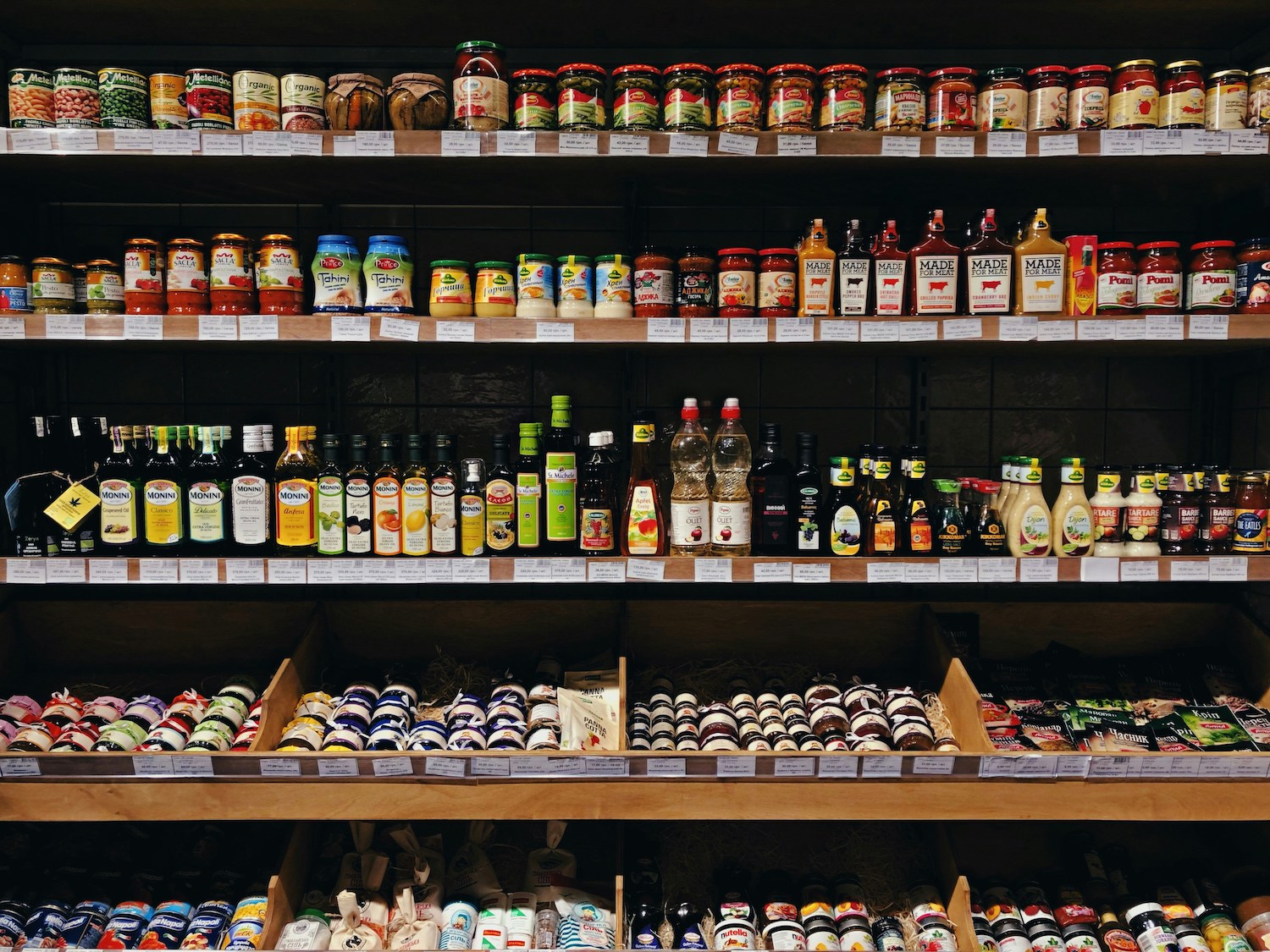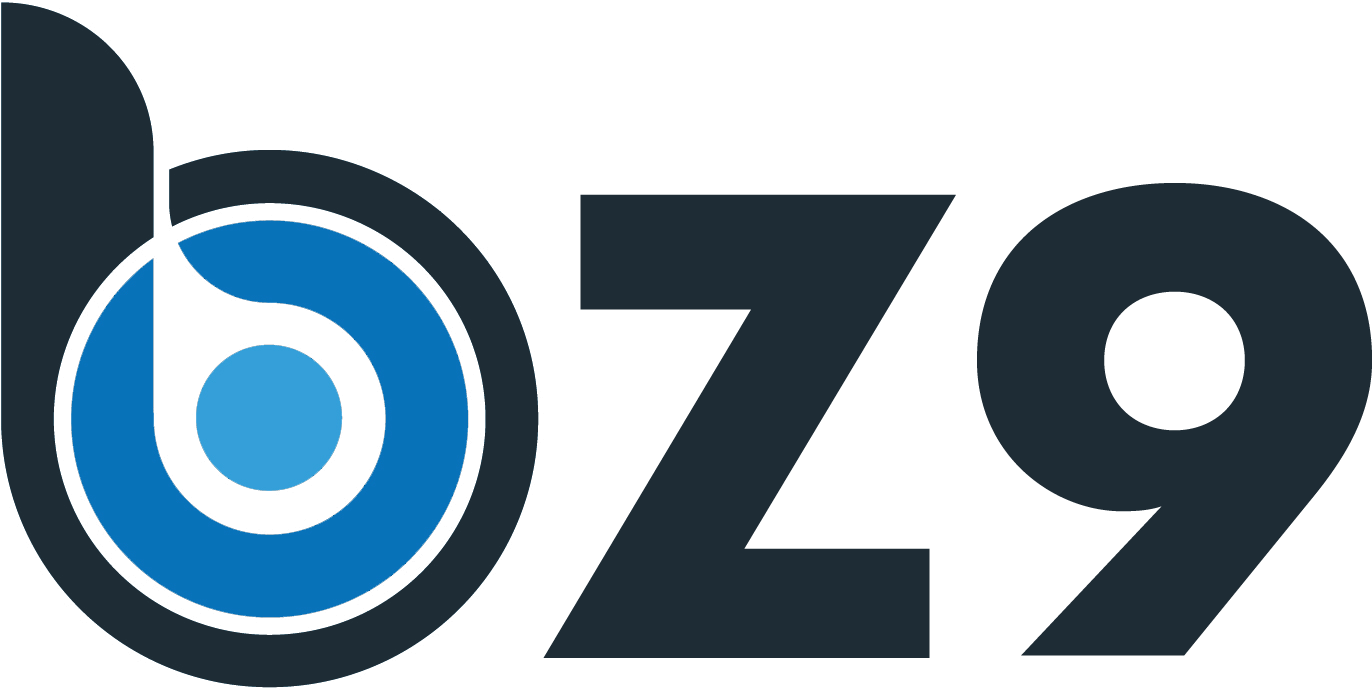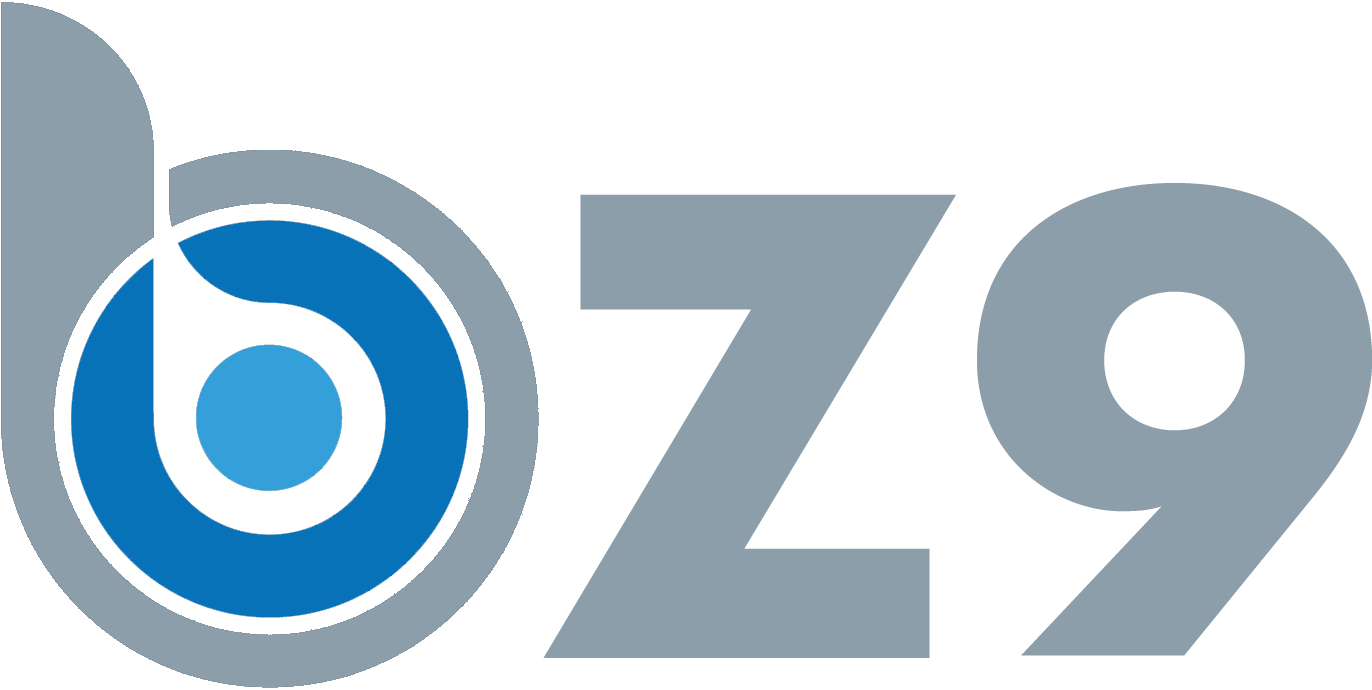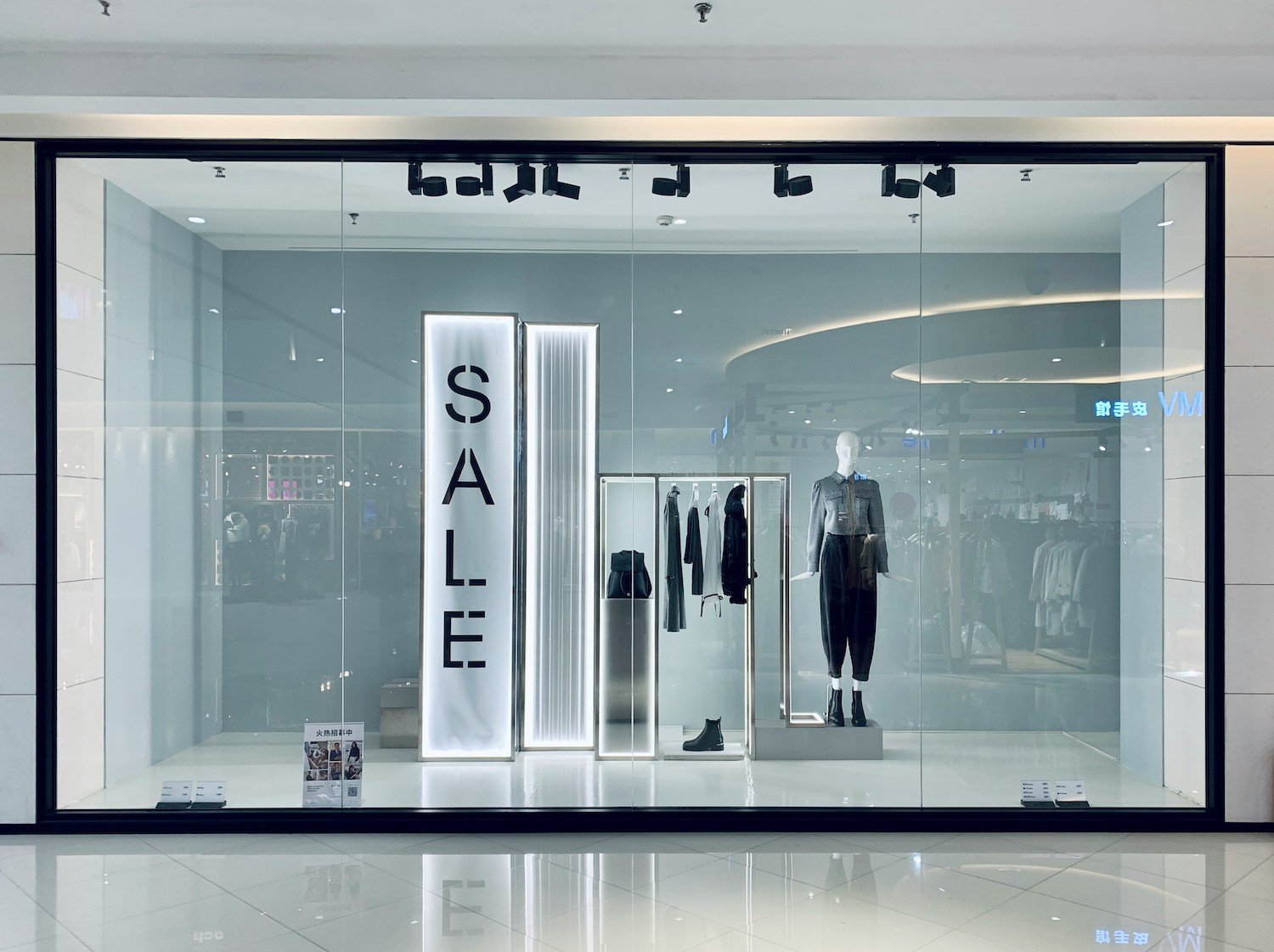
In today's digital age of consumer goods, QR codes have emerged as a powerful tool for bridging the gap between physical products and digital information. Particularly in food and product packaging, these small, scannable squares are revolutionizing how brands communicate with consumers and how consumers interact with products. Let's explore the myriad ways QR codes are transforming packaging and enhancing the consumer experience.
1. Ingredient Transparency and Nutritional Information
One of the primary uses of QR codes on food packaging is to provide detailed ingredient lists and nutritional information. With limited space on physical labels, QR codes offer an elegant solution to share comprehensive data.
Example: A cereal brand might include a QR code that, when scanned, provides a full breakdown of vitamins and minerals, allergen information, and even the sourcing of key ingredients. This level of transparency can significantly boost consumer trust and cater to health-conscious shoppers.
2. Product Origin and Traceability
For both food and non-food products, QR codes can offer insights into the product's journey from source to shelf.
Example: A coffee package could feature a QR code that, when scanned, shows the exact farm where the beans were grown, the harvesting date, and the roasting process. This not only satisfies consumer curiosity but also supports claims of ethical sourcing and sustainability.
3. Recipe Ideas and Usage Instructions
QR codes on food packaging can be a gateway to culinary inspiration, while on other products, they can provide detailed usage instructions.
Example: A pasta sauce jar might include a QR code linking to a collection of recipes using the sauce. For a tech gadget, the QR code could lead to video tutorials on how to set up and use the product effectively.
4. Authentication and Anti-Counterfeiting
For high-value products or in industries where counterfeiting is a concern, QR codes can serve as a verification tool.
Example: A luxury handbag could include a QR code that, when scanned, confirms the product's authenticity and provides its unique serial number.
5. Interactive Marketing Campaigns
QR codes can transform static packaging into an entry point for engaging marketing experiences.
Example: A soft drink bottle might feature a QR code that, when scanned, enters the consumer into a sweepstakes or unlocks an augmented reality game featuring the brand's mascot.
6. Sustainability Information
As consumers become more environmentally conscious, QR codes can provide detailed information about a product's environmental impact and recycling instructions.
Example: A shampoo bottle could include a QR code leading to information about the product's biodegradability, packaging recyclability, and the brand's sustainability initiatives.
7. Customer Reviews and Social Proof
QR codes can link directly to product reviews, helping consumers make informed decisions right at the point of purchase.
Example: A skincare product might include a QR code that leads to user-generated content, such as customer reviews or before-and-after photos.
8. Reordering and Subscription Services
For frequently purchased items, QR codes can simplify the reordering process.
Example: A pet food bag might include a QR code that, when scanned, takes the customer directly to a page where they can set up a recurring subscription for the product.
9. Multilingual Information
For products sold in multiple countries or regions with diverse populations, QR codes can provide information in various languages without cluttering the packaging.
Example: A food product could use a QR code to offer nutritional information and usage instructions in multiple languages, allowing the physical packaging to remain streamlined.
10. Augmented Reality Experiences
QR codes can launch augmented reality experiences that provide additional product information or entertainment.
Example: A toy's packaging might include a QR code that, when scanned, brings the toy to life in an AR environment, allowing children to interact with it before purchase.
11. Allergy and Dietary Information
For food products, QR codes can provide detailed allergy and dietary information, catering to consumers with specific needs.
Example: A snack bar could use a QR code to provide a comprehensive list of potential allergens, including those from the manufacturing facility, as well as certifications for vegan, kosher, or halal status.
12. Product Updates and Recalls
QR codes can serve as a direct line of communication for product updates or recalls.
Example: An electronics product could include a QR code that, when scanned, provides the latest firmware updates or important safety information.
Implementing QR Codes Effectively on Packaging
While QR codes offer numerous benefits, their effectiveness depends on proper implementation:
1. Clear Instructions: Always provide clear instructions on how to scan the QR code.
2. Value Proposition: Clearly communicate what benefit the consumer will get from scanning the code.
3. Design Integration: Integrate the QR code into the packaging design aesthetically.
4. Mobile Optimization: Ensure all linked content is mobile-friendly for a seamless user experience.
5. Regular Updates: Keep the content behind the QR code up-to-date and relevant.
Challenges and Considerations
While QR codes on packaging offer many advantages, there are challenges to consider:
1. Consumer Education: Not all consumers may be familiar with QR codes.
2. Scanning Environment: Ensure QR codes are placed where they can be easily scanned, considering factors like curved surfaces or reflective packaging.
3. Data Privacy: Be transparent about data collection and usage to maintain consumer trust.
4. Connectivity Issues: Consider providing alternative ways to access information for situations where scanning may not be possible.
Conclusion
QR codes on food and product packaging represent a significant leap forward in how brands communicate with consumers. By providing instant access to detailed information, interactive experiences, and value-added content, QR codes are enhancing transparency, engagement, and consumer trust. As technology continues to evolve, we can expect to see even more innovative uses of QR codes in packaging, further blurring the lines between physical products and digital experiences.
For brands looking to stay competitive in the modern marketplace, integrating QR codes into packaging strategies is becoming increasingly important. When implemented thoughtfully, these small squares can have a big impact, transforming packaging into an interactive, informative gateway that meets the needs and expectations of today's digitally-savvy consumers.




